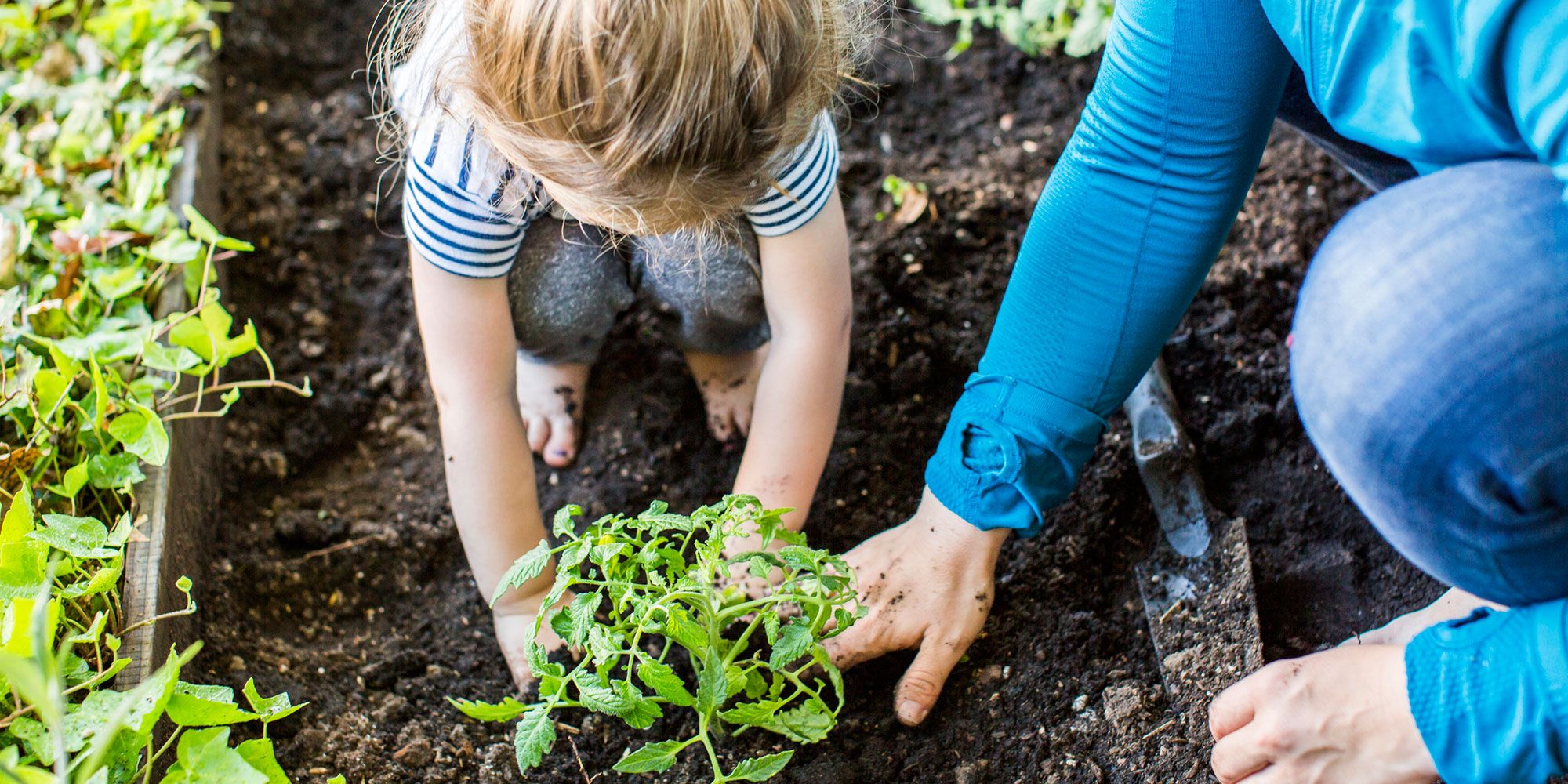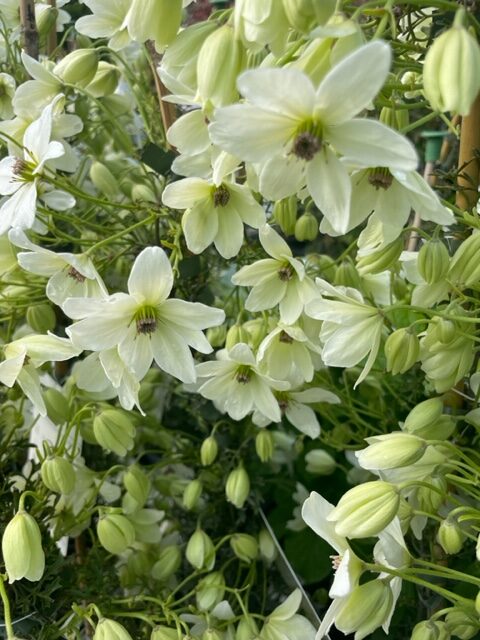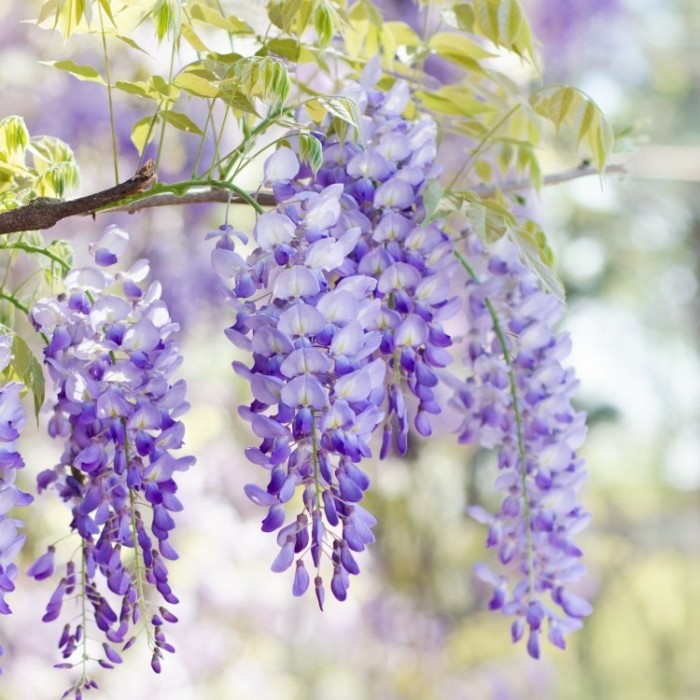
Planting in August is towards the end of the growing season but there are still some vegetables that you can plant during this time. Here are a few options:
Winter Salad Greens – Varieties like spinach, kale, rocket, and lettuce can be planted in August. They will grow slowly as the temperatures drop, providing you with fresh greens into the autumn and winter months.
Radishes – Radishes are quick-growing and can be sown in August for a late-season harvest.
Turnips – Turnips can be planted in August for an autumn harvest.
Peas – Some varieties of peas, such as sugar snap peas, can be planted in August for a late harvest. They may produce smaller yields compared to spring planting, but they can still be rewarding.
Broccoli and Cauliflower: These brassicas can be started indoors in August and transplanted to the garden later. They will grow slowly through the autumn and may even produce heads before winter.
Onions – Sets or seedlings of overwintering onion varieties can be planted in August for a spring harvest.
Perpetual Spinach – This is a variety of Swiss chard that can be sown in August and harvested into the winter.
Perennial Herbs – This is a good time to establish perennial herbs like thyme, rosemary, and sage.
Remember, August is getting late in the growing season, so you might want to consider using season extenders like row covers, cold frames, or cloches to protect your plants from early frosts.








